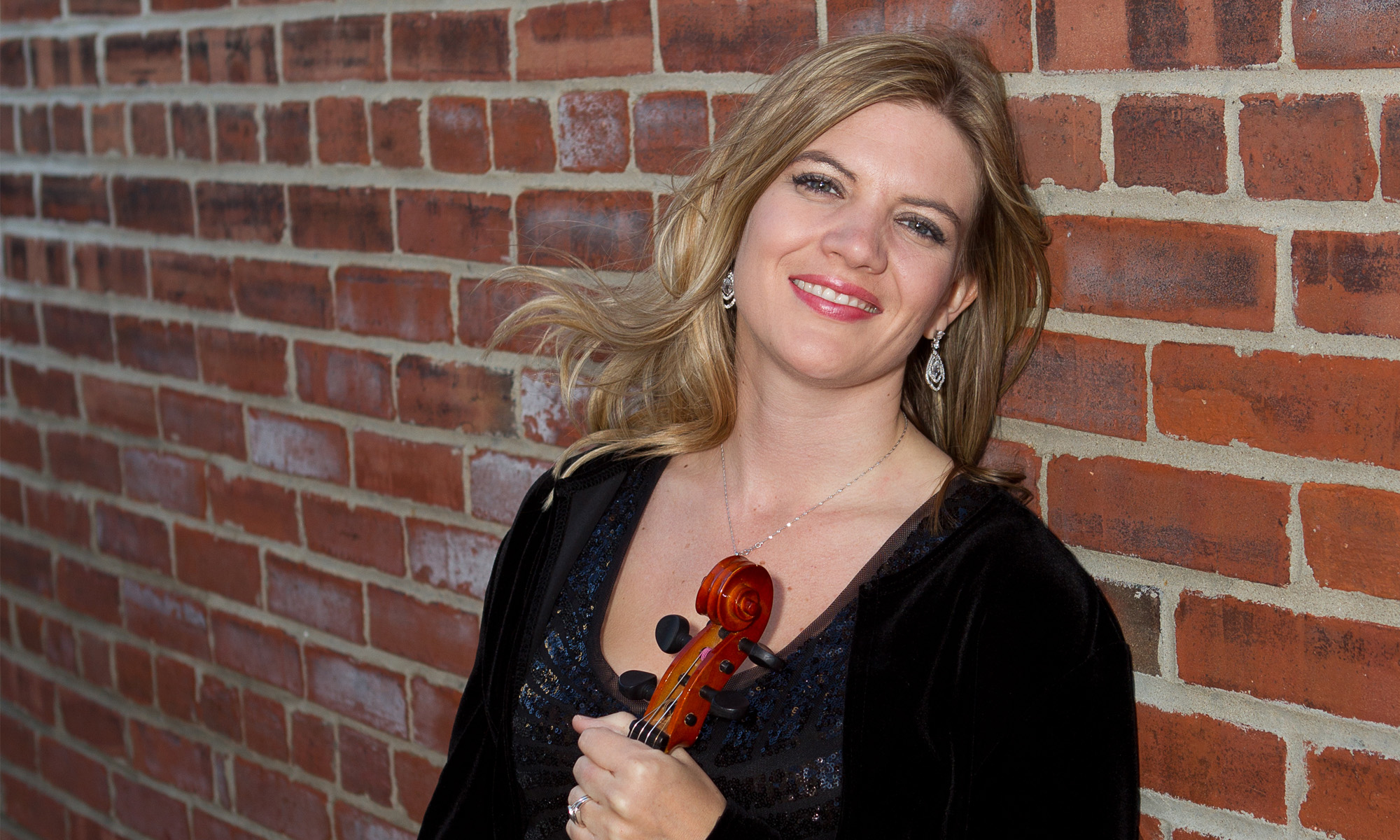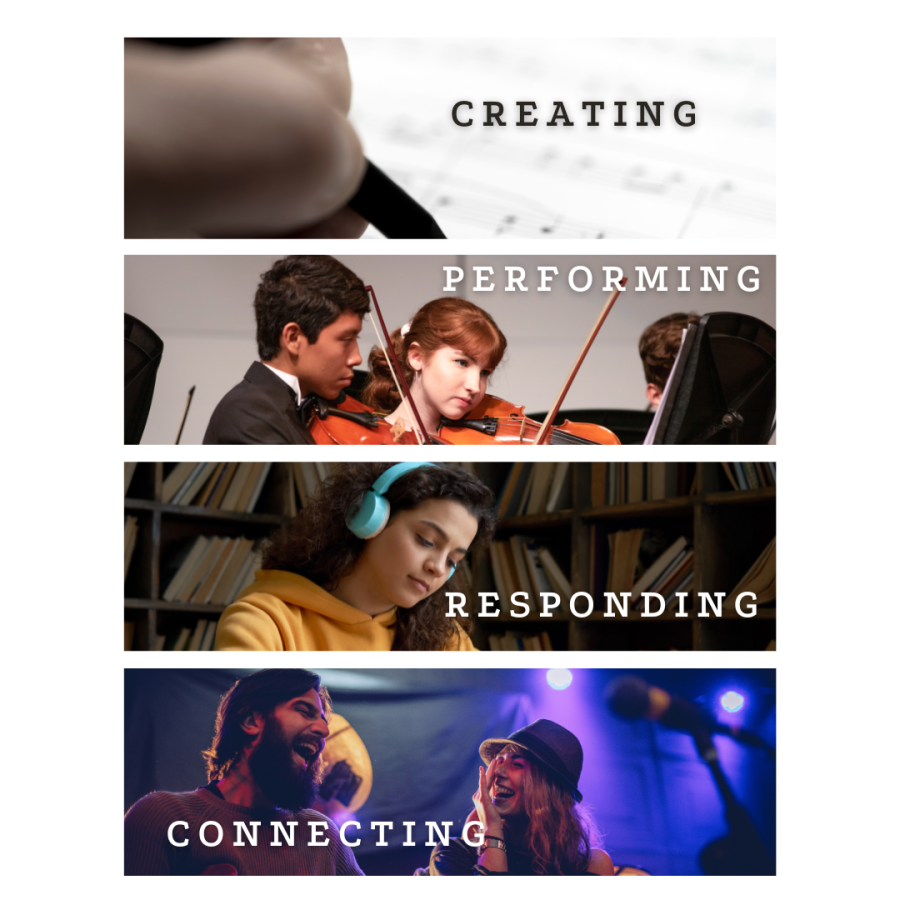
Hello Music Friends,
Every week, I enjoy listening to The Elementary Music Teacher Podcast with host Jessica Peresta. In a couple of weeks, she is conducting an online music curriculum seminar, which I am looking forward to!
As a result, I’m spending time doing the tedious task of researching state and national standards for music education. It is a bit daunting, delving into the nitty gritty details of the music field. However, it’s also enlightening! As a result, I’m composing my responses to the overarching goals, and how I’ve seen many of them play out over the past year.
To view the standards, visit the National Association for Music Education
The standards of music education revolve around the following four categories: Creating, Performing, Responding, and Connecting.
Creating
Honestly, I was surprised this was the first category. Based on my background in the Suzuki Method, as well as language acquisition, I usually find that students need a significant amount of “input” before they’re able to create their own “output,” whether musically or linguistically. However, I see students’ eyes light up when they have the opportunity to create their own music.
My own daughter, an 8-year-old pianist who has been playing for four years, loves composing her own music. Recently she wrote a hymn to be played on the piano and penned her own lyrics. I’m thrilled that she’s not daunted by the enormity of composition that plagues many of us as we become older and more self critical. I was also impressed that even my 4-year-old son, who plays violin, wanted to write out a few notes to compose the song “Soccer Balls.” When students have the opportunity to create something from within themselves, they are more invested in the activity.
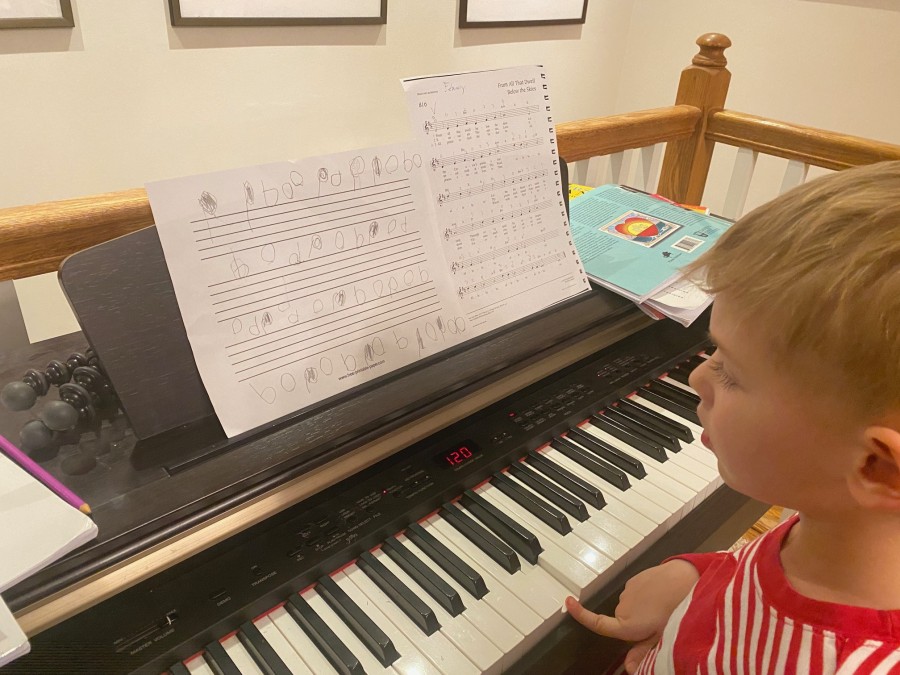
This is especially important in both music composition, as well as improvising. Students need to know when it’s time to read exactly what is written on the page, and when they’re being called on to create something that compliments the music on the page. Even this past week I introduced this concept to one of my beginning violinists, who had to follow a chord chart to know when to change notes, but I gave her the freedom to change up the rhythm of those notes. I personally find the skill of improvising thrilling, keeping the music fresh for both me as the performer and my audience.
Performing
Having received a Bachelor’s Degree in Violin Performance, this is one of my favorite categories. It’s also one that took a significant hit during the pandemic. While creating can be very personal, performing requires an audience. How should you select your songs? What etiquette is required? What genres are best for that audience? Different genres will require exact adherence to what’s printed on the page, whereas others will rely more on evoking a certain style determined by the performer herself.
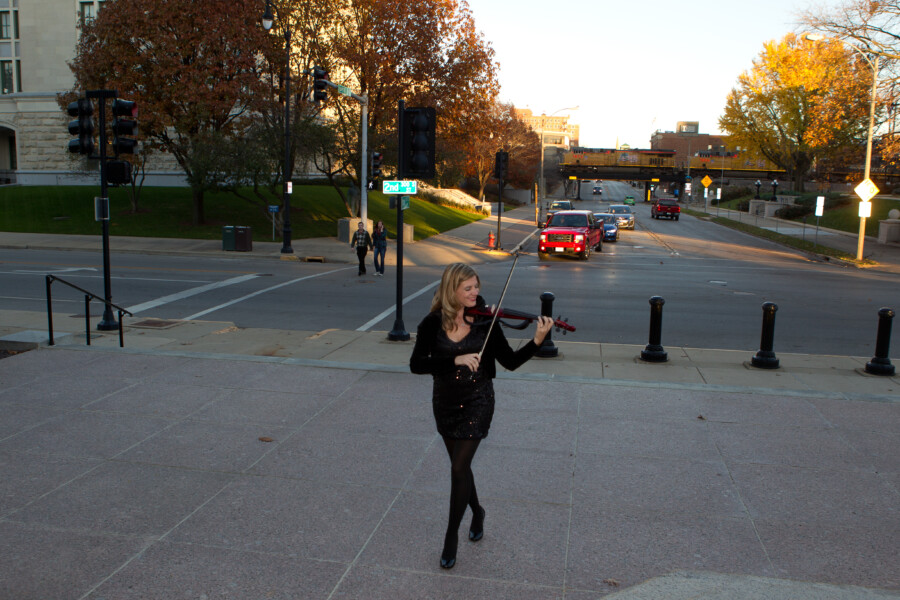
Within performance, a lot of emphasis is placed on the technical aspects of music, including:
Rhythm and tempo: the horizontal component
Pitch: the vertical component
Dynamics: the strength or softness of sound
Form: the way the song is organized
Context: the social influences in which the song was created
Obviously it takes many years to master these various skills, but we as music educators can introduce them even to our youngest students in age-appropriate ways. For example, students can practice rhythm by imitating their teacher. I saw this play out first-hand by our Advanced Drum Line recently when the junior high students played a series of rhythmic sequences in unison with their director.
Dynamics can be demonstrated by playing a game of hot and cold:
The teacher sends a student into the hallway, hides something in the classroom, then invites the student to come back and find the missing item. His classmates give him clues as to how close he is to the item by getting louder with their voices when he is close, versus softer when he is far.
Responding
The favorite category of music historians and critics, this is also the most prevalent category in our society. Most people approach music as consumers, listening to styles and genres that speak to them. They critique songs they don’t like, and rave about songs they do. However, I would like to encourage these people to take an ACTIVE role in their music life as well, not simply listening to the latest fad, but also engaging in the rewarding, yet difficult task, of music-making for themselves.
On the flip side, this responsive category can be overlooked by creators and performers when we become obsessed or enamored with our own work, to the exclusion of others. It is important that we as artists not only look at our own creations and performances, but also support those of friends and colleagues. We shouldn’t live in a musical ivory tower, where we are the great artist and everyone else is the masses. Instead, we need to engage with others by responding to their creations and performances. Of course, we will have our own personal biases as to what constitutes “good music,” often based on our backgrounds and the criteria to which we’ve become accustomed. However, even if something is “outside” of our normal musical tastes, we can often find something redeemable about it if we consider the context in which it was created.
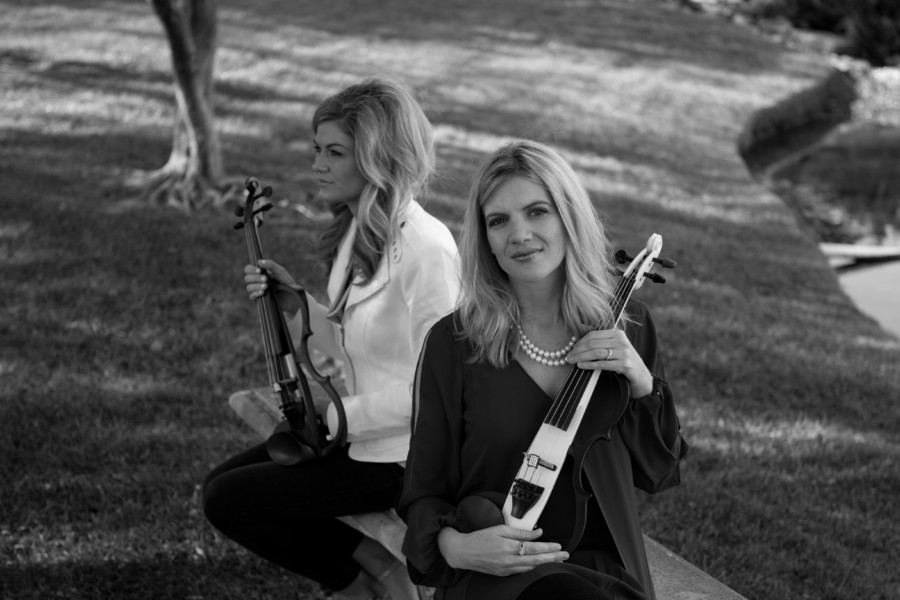
Connecting
This last category allows musicians to view their art in relation to other artistic mediums and the outside world. Recently, one of my colleagues introduced our middle school students to synesthesia, in which they learned to identify certain notes with a corresponding color. After the students colored their pictures, the teacher translated their visual work of art into a musical work by performing their colors on the flute. The result was breathtaking, both visually and musically.
We’re also challenged to ask why do we engage with music in the first place? How does it help us express our feelings and emotions about the different situations in which we find ourselves? Self-expression is one of my favorite parts of music-making. Often music expresses what my words cannot.
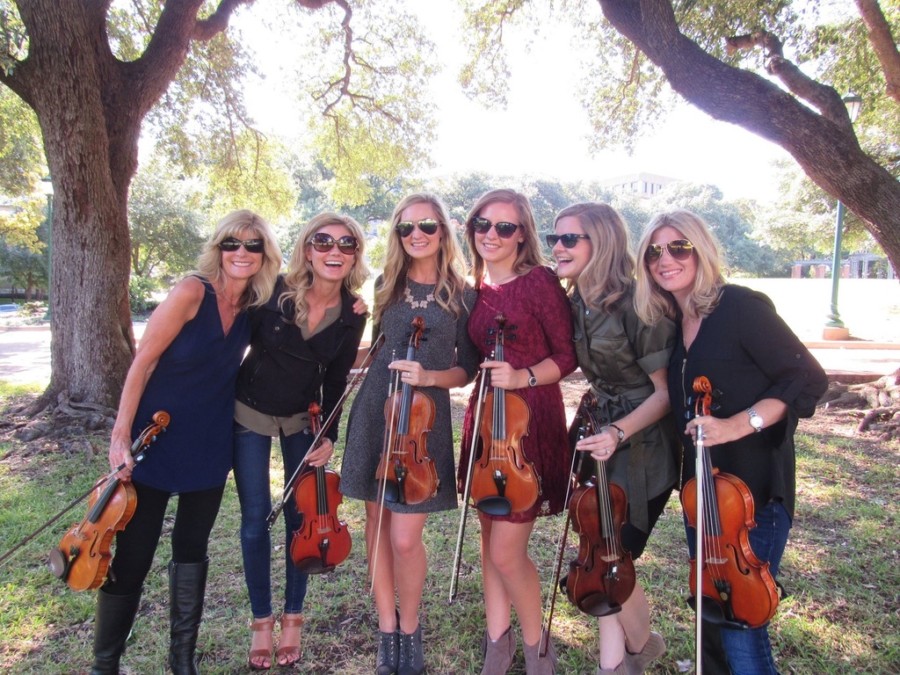
Performing with family and friends is another of my favorite things about music, and a big reason I continue today. When people make music together, they learn to communicate with each other in a special and unique way. Although one person might play violin and the other saxophone, they can come together to perform a duet that highlights each person’s uniqueness while also creating a beautiful blend. We need more of these connections in today’s fractured society, don’t we?
I hope you all enjoyed my reactions to these four overarching goals of music education. I’d love to hear how you have seen these play out in your musical experience! Feel free to comment on this post on Facebook, Instagram, or shoot me an e-mail with your thoughts on the topic.
